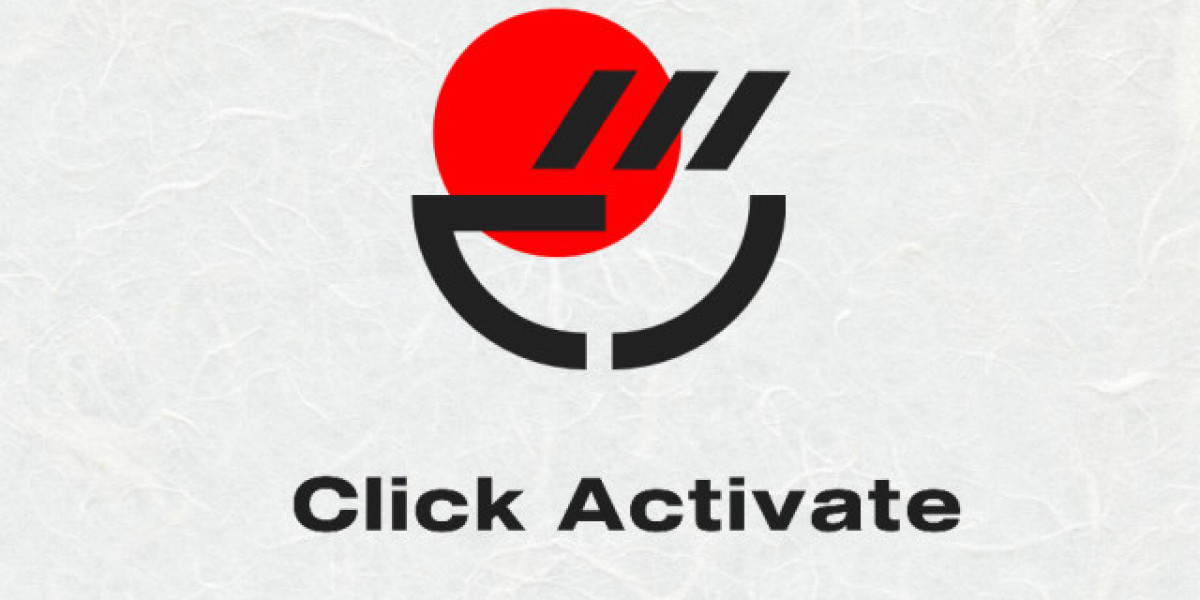In the fast-paced world of education, managing student information and academic processes efficiently is crucial for both educational institutions and students. Student Management Systems (SMS) have emerged as powerful tools that help streamline administrative tasks, enhance communication, and improve overall management within schools and universities. By integrating various functions into a single platform, SMS solutions simplify the complexities of educational administration and contribute to a more organized and effective learning environment.
In this blog, we’ll explore what a Student Management System is, its key features, benefits, and how it can transform educational institutions.
1. What is a Student Management System?
A Student Management System (SMS) is a software application designed to manage and streamline various administrative tasks related to student information and academic processes. These systems help educational institutions track student data, manage academic records, and facilitate communication between students, parents, and educators.
An SMS typically integrates a range of functionalities, including enrollment management, attendance tracking, grading, and reporting. By consolidating these functions into a single platform, SMS solutions improve efficiency and accuracy in handling student-related information.
2. Key Features of Student Management Systems
a. Student Enrollment and Registration An SMS simplifies the enrollment and registration process by allowing institutions to manage student applications, track admissions, and process registrations online. This feature reduces administrative burden and ensures a smooth onboarding process for new students.
b. Attendance Tracking Automated attendance tracking is a crucial feature of SMS platforms. It allows educators to record and monitor student attendance in real-time, generate attendance reports, and identify patterns of absenteeism. This feature helps institutions maintain accurate records and address attendance issues proactively.
c. Grade Management SMS solutions facilitate the management of grades and academic performance. Educators can input grades, calculate GPAs, and generate report cards with ease. Students and parents can access grade information and academic progress through secure online portals.
d. Timetable Management An SMS helps institutions create and manage class timetables, ensuring that courses are scheduled efficiently and that there are no conflicts. This feature enables students and educators to view and manage their schedules conveniently.
e. Communication Tools Effective communication is key to a successful educational experience. SMS platforms often include communication tools such as messaging systems, email notifications, and announcements. These tools facilitate communication between students, parents, and educators, keeping everyone informed and engaged.
f. Reporting and Analytics SMS solutions provide robust reporting and analytics features that help institutions track student performance, attendance, and other metrics. Customizable reports and data visualizations support data-driven decision-making and help identify areas for improvement.
g. Document Management Managing student records and documents is made easier with an SMS. The system can store and organize important documents such as transcripts, certificates, and personal information securely and efficiently.
h. Parent Portal Many SMS platforms offer a parent portal that allows parents to access information about their child's academic progress, attendance, and school announcements. This feature promotes greater parental involvement and engagement in the educational process.
3. Benefits of Student Management Systems
a. Improved Efficiency By automating administrative tasks such as enrollment, attendance tracking, and grading, SMS solutions significantly reduce the time and effort required to manage student information. This efficiency allows educators and administrators to focus more on teaching and supporting students.
b. Enhanced Accuracy Automation and centralized data management help minimize errors and ensure that student records are accurate and up-to-date. This accuracy is crucial for maintaining academic integrity and compliance with educational regulations.
c. Streamlined Communication SMS platforms facilitate seamless communication between students, parents, and educators. With integrated messaging and notification tools, institutions can quickly share important information and updates, fostering a more connected and informed educational community.
d. Data-Driven Insights The reporting and analytics features of an SMS provide valuable insights into student performance, attendance, and other key metrics. Institutions can use this data to make informed decisions, identify trends, and implement strategies to improve educational outcomes.
e. Greater Accessibility With online access to student information and academic records, SMS solutions provide greater accessibility for students, parents, and educators. This convenience supports remote learning and ensures that stakeholders can access important information anytime, anywhere.
f. Secure Document Storage An SMS offers secure storage for sensitive student records and documents. With robust security features and data encryption, institutions can protect confidential information and ensure compliance with data privacy regulations.
4. Implementing a Student Management System
a. Assessing Needs Before implementing an SMS, institutions should assess their specific needs and requirements. This includes identifying the key features and functionalities that are essential for their operations and selecting a system that aligns with these needs.
b. Choosing the Right System There are various SMS solutions available, each with its own set of features and capabilities. Institutions should evaluate different options, considering factors such as scalability, user-friendliness, and integration with existing systems.
c. Training and Support Effective implementation of an SMS requires proper training for educators and administrators. Institutions should provide training and support to ensure that users are familiar with the system and can utilize its features effectively.
d. Data Migration Migrating existing student data to the new SMS is a critical step. Institutions should ensure that data is accurately transferred and that any potential issues are addressed to maintain data integrity.
e. Continuous Evaluation After implementation, institutions should continuously evaluate the performance of the SMS and gather feedback from users. Regular assessments and updates will help optimize the system and address any challenges that may arise.
5. Challenges of Student Management Systems
a. Initial Costs The cost of implementing an SMS can be significant, particularly for smaller institutions. Budget considerations and long-term benefits should be carefully evaluated when planning for an SMS.
b. Integration Issues Integrating an SMS with existing systems and processes can be challenging. Institutions may need to address compatibility issues and ensure a smooth transition to the new system.
c. User Adoption Ensuring that educators, administrators, and students effectively use the SMS requires proper training and support. Resistance to change and lack of familiarity with the system can impact user adoption.
d. Data Security Protecting sensitive student information is paramount. Institutions must ensure that the SMS has robust security features and complies with data privacy regulations to safeguard confidential data.
6. The Future of Student Management Systems
The future of Student Management Systems is marked by continued advancements and innovations. Key trends to watch include:
Integration with AI and Machine Learning: AI and machine learning technologies will enhance the capabilities of SMS platforms, offering predictive analytics, personalized learning recommendations, and automated administrative processes.
Cloud-Based Solutions: Cloud-based SMS solutions will become more prevalent, providing greater flexibility, scalability, and accessibility for educational institutions.
Enhanced Mobile Access: Mobile-friendly SMS platforms will support on-the-go access, allowing users to manage student information and communicate from smartphones and tablets.
Data Analytics and Visualization: Advanced data analytics and visualization tools will provide deeper insights into student performance and institutional operations, supporting data-driven decision-making.
7. Conclusion
Student Management Systems are transforming the way educational institutions handle administrative tasks and student information. By streamlining processes, enhancing communication, and providing valuable data insights, SMS solutions contribute to a more efficient and effective learning environment.
While there are challenges to consider, the benefits of implementing an SMS are substantial. As technology continues to evolve, SMS platforms will offer even more advanced features and capabilities, further improving the management of student information and supporting the success of educational institutions.







